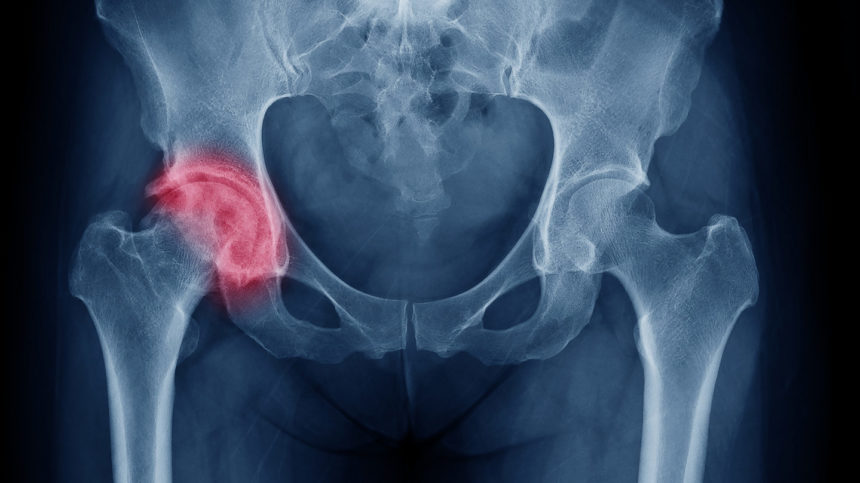
Nonsteroidal anti-inflammatory drugs appear to negate the effect of at least one osteoporosis drug, according to an unexpected finding.
Investigators sought to examine the relationship between fracture risk and oral NSAIDs. To do so, they performed a post-hoc analysis of a randomized, placebo-controlled study including a patient group who used the bisphosphonate drug clodronate. Bisphosphonates are commonly used to help prevent bone loss in people at risk from osteoporosis. In the original study, it was found to reduce participants’ fracture risk by 23%.
The new study analysis showed that there was no significant impact of NSAIDs on osteoporotic fracture risk. But results did show that in participants who took both NSAIDs and clodronate, there was “complete negation of the protective effect” of clodronate on fracture risk, reported Eugene V. McCloskey, M.D., of the University of Sheffield, in the United Kingdom.
In fact, bone mineral density scans repeated at three years showed that bone loss during clodronate therapy was greater in those who took NSAIDs when compared to NSAID non-users. For example, women who took both nonsteroidal anti-inflammatory drugs and clodronate had similar bone density loss as their peers given a placebo rather than clodronate.
Implications for patients
The analysts believe this is the first report of such an interaction between NSAIDs and a bisphosphonate. Considering the prevalence of NSAID use, there may be implications for patients being treated for osteoporosis, they said.
“If replicated in studies of other bisphosphonates, this would have a significant impact on the management of individuals at high fracture risk on NSAIDs,” they concluded.
The role of NSAIDs on skeletal metabolism has been well-documented, the authors noted. But numerous studies have come to different conclusions about their actual effects on bone health. Whether these anti-inflammatory drugs are protective, are a risk factor or have no effect on bone loss has not yet been determined, they wrote.
Full findings were published in the Journal of Bone and Mineral Research.
Related articles:
Bone health intervention cuts fracture risk in men treated for prostate cancer: study
A simple question helps to ‘strongly’ predict fracture risk in older adults




